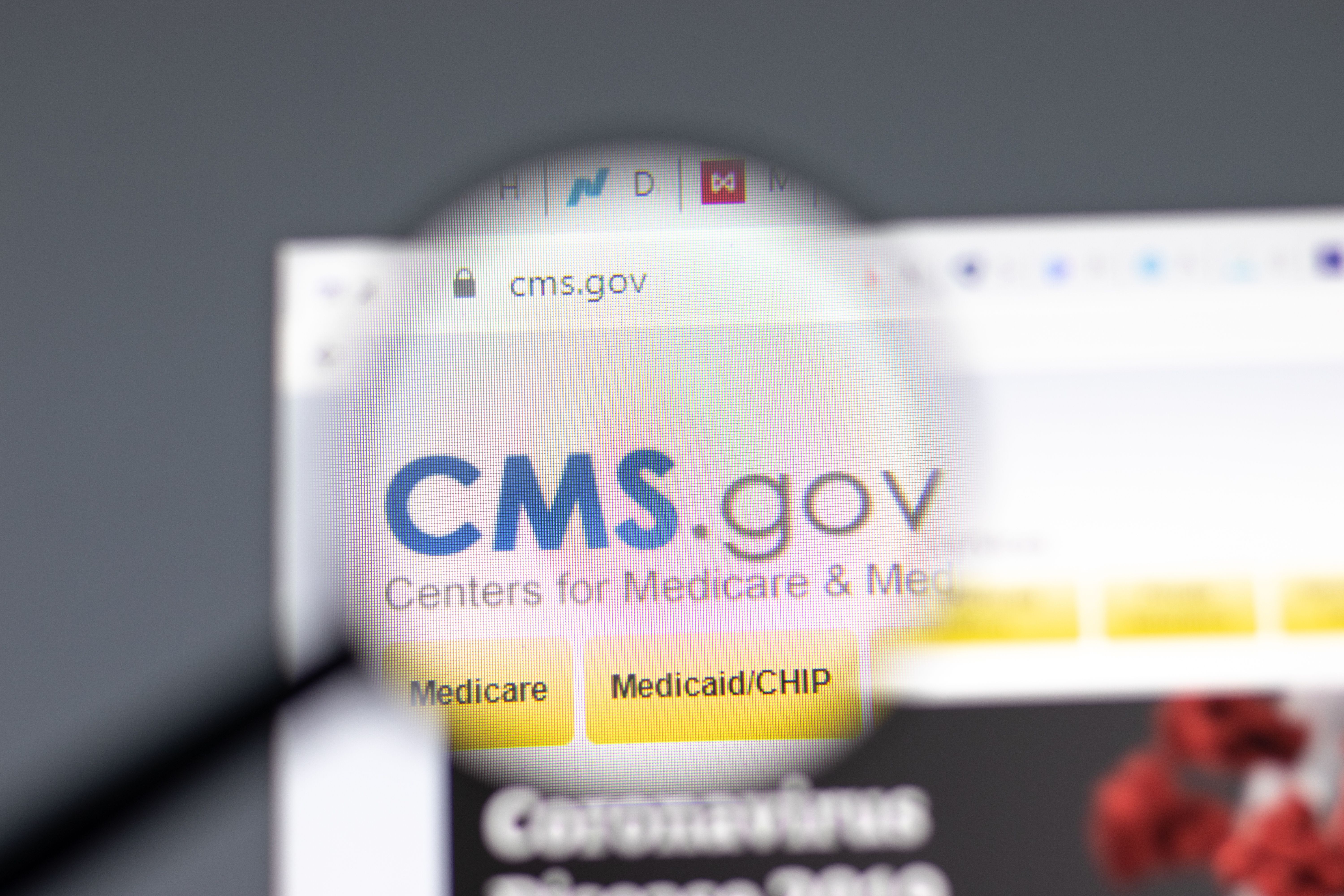Article
Incentiving the Use of Telehealth Services
Author(s):
Research has shown that telehealth has the potential for better care at lower costs and with increased convenience, but the issue of paying for this service has yet to be addressed.
Research has shown that telehealth has the potential for better care at lower costs and with increased convenience, but the issue of paying for this service has yet to be addressed. A new commentary from RAND takes a look at the benefits of using telehealth and what research is still needed for telealth payment policies to be created.
Past research has shown that telehealth could increase access for people in underserved areas, save time for patients, and help avoid some visits totally. The problem is that providers have little incentive to use this technology because there is no mechanism to bill for work done outside of in-person visits. Furthermore, within the Medicare system there are limitations on which patients can use the telehealth services that are reimbursed.
"However, despite the push for increased telehealth 'parity' (reimbursing telehealth services in an equivalent fashion to an in-person appointment), we know that suddenly reimbursing all telehealth exactly like in-person visits is dangerous," wrote Shira Fischer, associate physician researcher at RAND.
More research is needed in order to determine in what cases telehealth is a good, safe, and cost-effective option. She added that emerging health payment models, such as accountable care organizations, may hold the greatest potential for telehealth services.
Read the full commentary at RAND: http://bit.ly/1Qev5Zw




